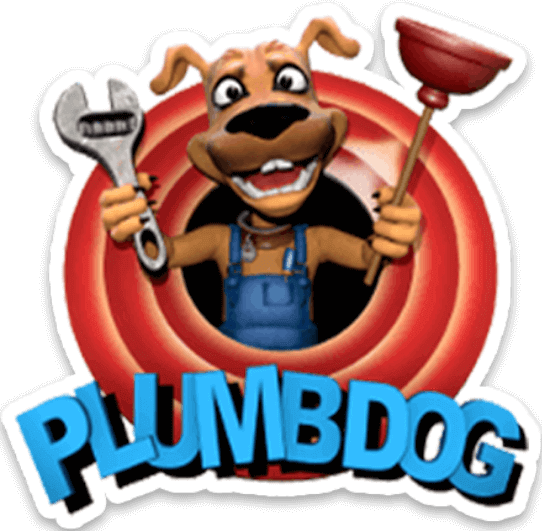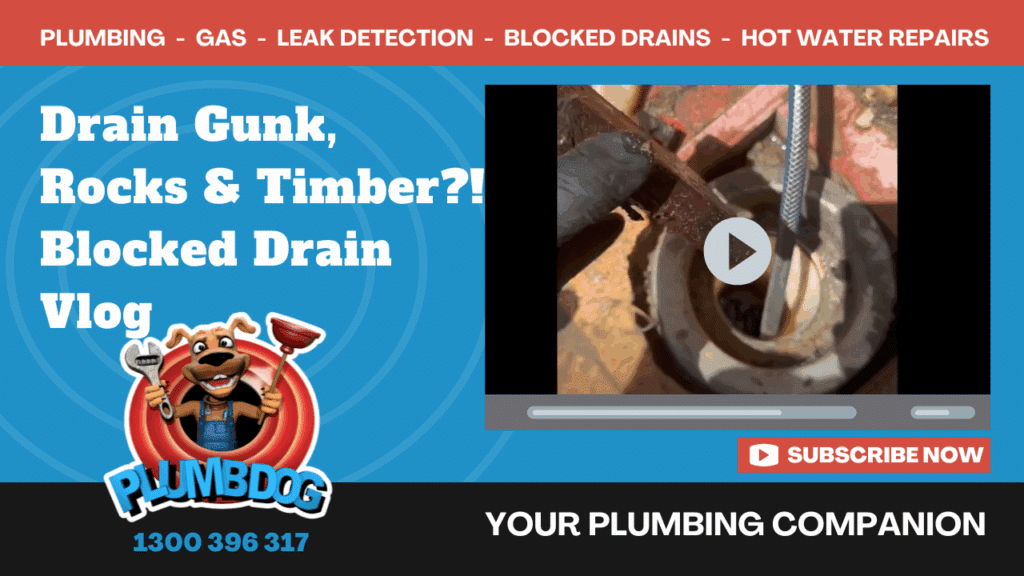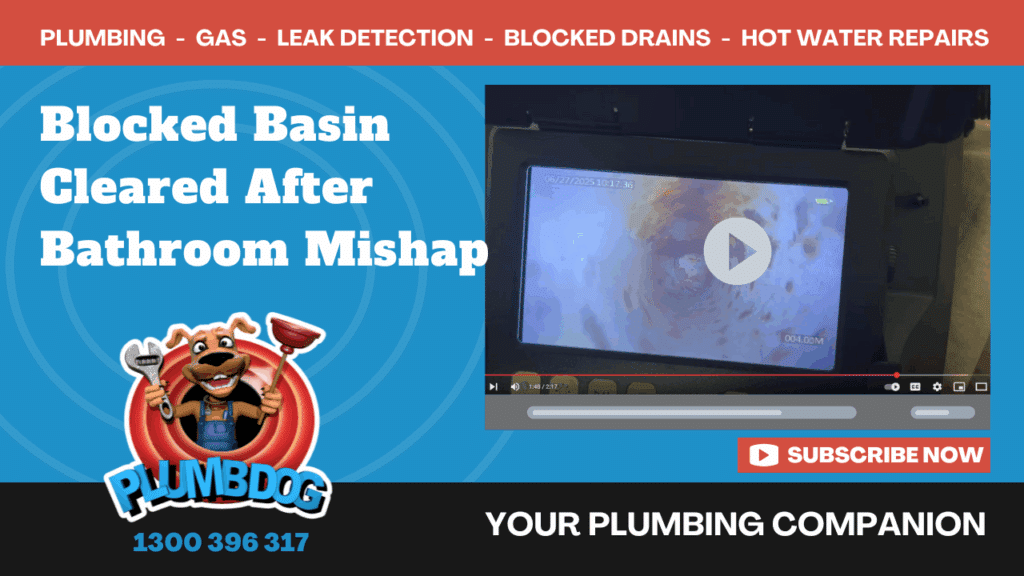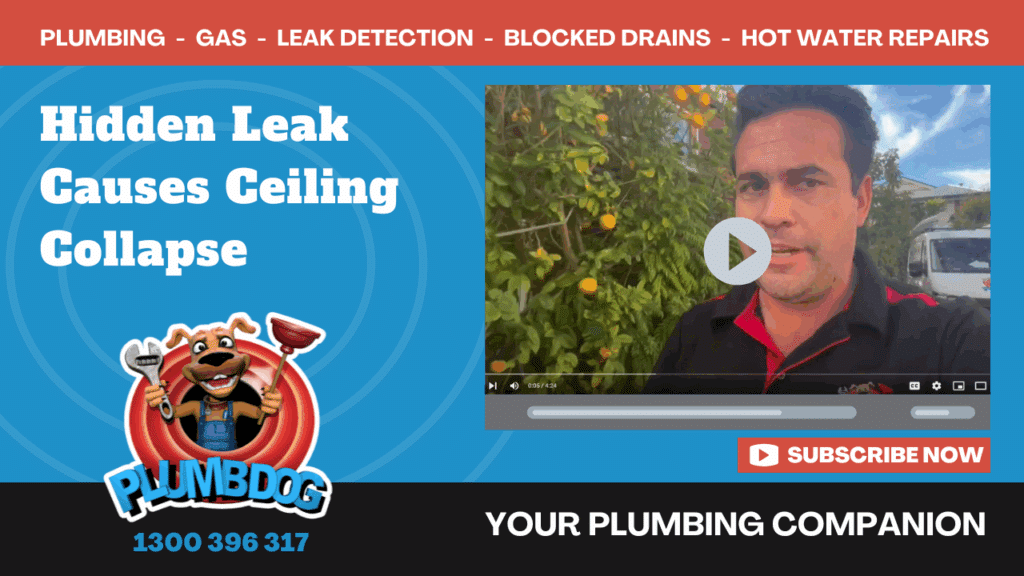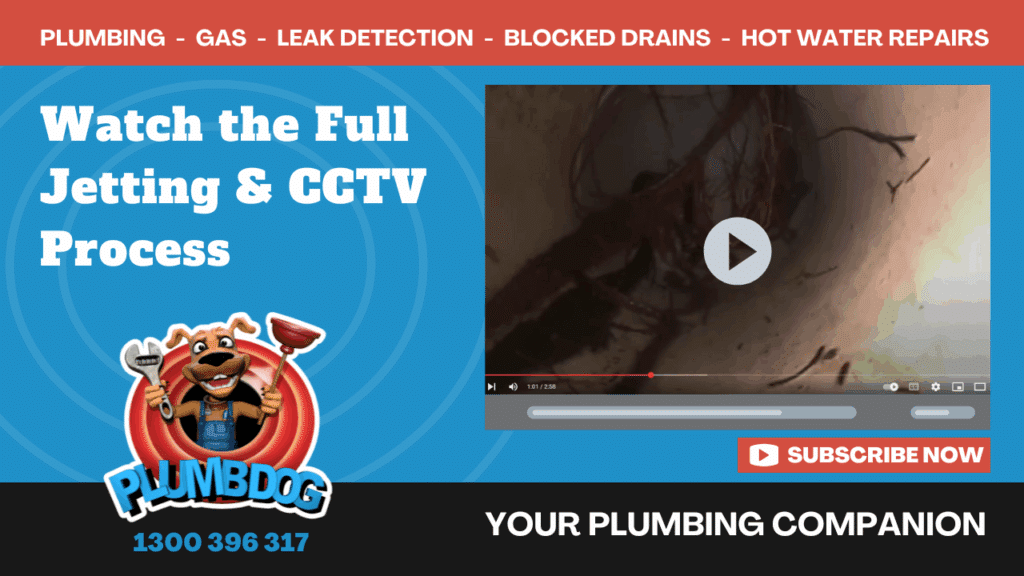Rich Gets His Hands Dirty (Literally) to Clear a Seriously Clogged Line
It’s another classic Plumbdog moment — Rich on site in Waikiki, drain jetter roaring in the background, face covered in drain gunk, and the WA sun doing its best to make things harder.
This job was a prime example of what we deal with when someone says,
“The drain’s a bit blocked — probably just hair or something.”
Spoiler alert: it was not just hair.
🔍 What We Found in the Drain
After setting up the CCTV camera and water jetter, Rich gets stuck in and starts pulling out all sorts of nonsense:
- 🪵 Timber
- 🪨 Stones, rocks, and rubble
- 🧱 A mystery material list worthy of a backyard construction site
💬 “Some days, it’s like the drain’s been used as a skip bin. Welcome to plumbing, folks.”
💦 What We Did Next
Once the blockage was cleared and the drain was flushed:
- Rich ran the basin, bath, and shower inside the house
- Checked the inspection shaft to ensure full, smooth flow
- Confirmed the system was draining exactly as it should
✅ No backups
✅ No gurgling
✅ No drama (well… except the mess)
🐾 Real plumbers. Real blockages. Real face full of drain gunk.
📞 Call Plumbdog if your drain’s not flowing — we’ll clear it, clean it, and cop the mess so you don’t have to.
